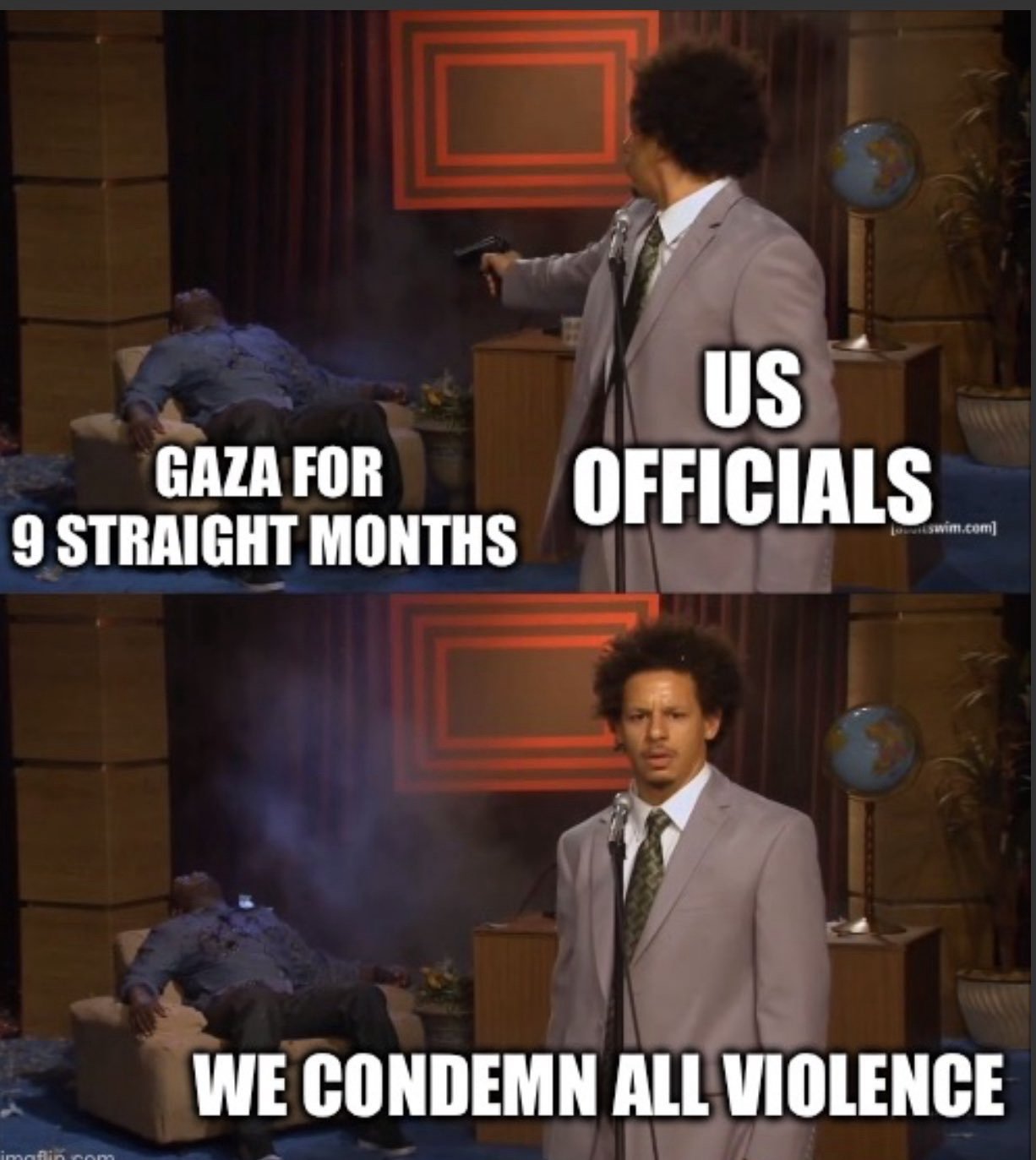- 0 Posts
- 20 Comments

 25·2 months ago
25·2 months agocuz I don’t have a ps5?

 2·2 months ago
2·2 months ago- Tons of freeplay
- Tons of mods/workshop map
- Ive had some coaching
- And I also play in an amateur league
As long as you always play to improve, watch videos to keep up on mechanics/metas, and just immerse yourself in the game, you’ll always climb up. If you play at least 2 hours a day, you’ll be insane before you know it.
But in the spirit of this post, you could spend your time doing something so much more productive than a video game lol

 89·2 months ago
89·2 months agoIm a top 1% player in Rocket League after playing for 4500 hours. The skill gap between me and the best players in the game is the same gap as between me and a brand new player.
But i will still beat 99% of the game’s population.

 91·3 months ago
91·3 months agoTook me a sec to realize what you meant by this lol

 22·3 months ago
22·3 months agoThis blog is specifically for websites that are public facing. Sure, you can wireguard into your local network, but you can also SSH into your local network. Either way you have to poke a hole.

 10·3 months ago
10·3 months agoGood read.
I would just like to add some additional information that favors changing your SSH port to something other than the default. When crawlers are going around the internet looking for vulnerable SSH servers, they’re more than likely going to have an IP range and specifically look for port 22.
Now can they go through and scan your IP and all of its ports to look for the SSH service? Yes. But you will statistically have less interactions with bad actors this way since they might specifically be looking for port 22.

 91·4 months ago
91·4 months agoOh my sweet summer child

 12·6 months ago
12·6 months agoYou must be one of those self-driven, motivated, and energetic developers
How do you figure this out scientifically?

 9·8 months ago
9·8 months agoNot if they tear it down and rebuild it appropriately

 1·8 months ago
1·8 months agodeleted by creator

 0·9 months ago
0·9 months agoIts up to your distros package maintainer to make the patched version available. You can find who maintains it and contact them so they are aware.

 1·1 year ago
1·1 year agoI can’t vouch for any since I have no skin in the game. I did a quick room search and found quite a few “piracy” rooms. No idea who or what is going on in each of them though.
To connect your blog to an RSS feed, you’ll need to follow these general steps:
-
Check if your blogging platform supports RSS: Most blogging platforms, like WordPress, Blogger, and Tumblr, automatically generate an RSS feed for your blog. You can usually find the feed URL in the format “yourblogurl.com/rss” or “yourblogurl.com/feed”.
-
Verify the RSS feed URL: Confirm that your blog’s RSS feed is working by opening the URL in a web browser. You should see a list of your blog’s recent posts in XML format.
-
Promote your RSS feed: Add an RSS subscription button on your blog’s website to make it easy for visitors to subscribe. You can use an RSS icon and link it to your feed URL.
-
Submit your RSS feed to RSS directories: This step is optional but can help increase your blog’s visibility. Submit your RSS feed URL to popular RSS directories like Feedburner, Feedly, or Bloglovin’.
-
Test your RSS feed: Use online RSS feed validators to ensure your feed is well-formed and doesn’t have any errors.
By following these steps, you can connect your blog to an RSS feed and allow your readers to subscribe and stay updated with your latest content. If you need specific instructions for your blogging platform, let me know which one you’re using, and I can provide more detailed guidance.
-

 1·1 year ago
1·1 year agoHonestly, not sure how well the piracy experience is on Matrix. I’m not a pirate myself, but I imagine it would work fine if it was smaller files. You could make a separate thread per item.
There is probably an upload size limit on the server though. As far as I know, you can’t transfer files peer to peer.

 3·1 year ago
3·1 year agoThere is the default matrix.org server you can join.
There are others out there as well. https://joinmatrix.org/servers
You can also create your own server if you’d like. Servers are federated, so you’ll be able to communicate with any/all of them (as long as you follow the rules of each one)
You can search for chat rooms in the app. You’ll easily find all the rooms hosted on your server, but you can also join chats on other servers.
RSS stands for Really Simple Syndication. It is a web feed format used to publish frequently updated content such as blog posts, news articles, podcasts, and videos. RSS allows users to subscribe to their favorite websites or blogs and receive updates automatically without having to visit each site individually. It’s a convenient way to stay up-to-date with the latest content from multiple sources in one place.
RSS has been around for quite some time. It was first introduced in 1999 by Netscape as part of their Netscape Netcenter platform. Later, it gained wider adoption and became more popular in the early 2000s. Over the years, it has undergone various versions and improvements to make it more efficient and versatile. Despite the rise of other content distribution methods and social media platforms, RSS still remains a useful tool for content consumption and distribution for many users.


Funny you mention TikTok
https://www.nbcnews.com/investigations/tiktok-says-not-spreading-chinese-propaganda-us-says-real-risk-rcna171201